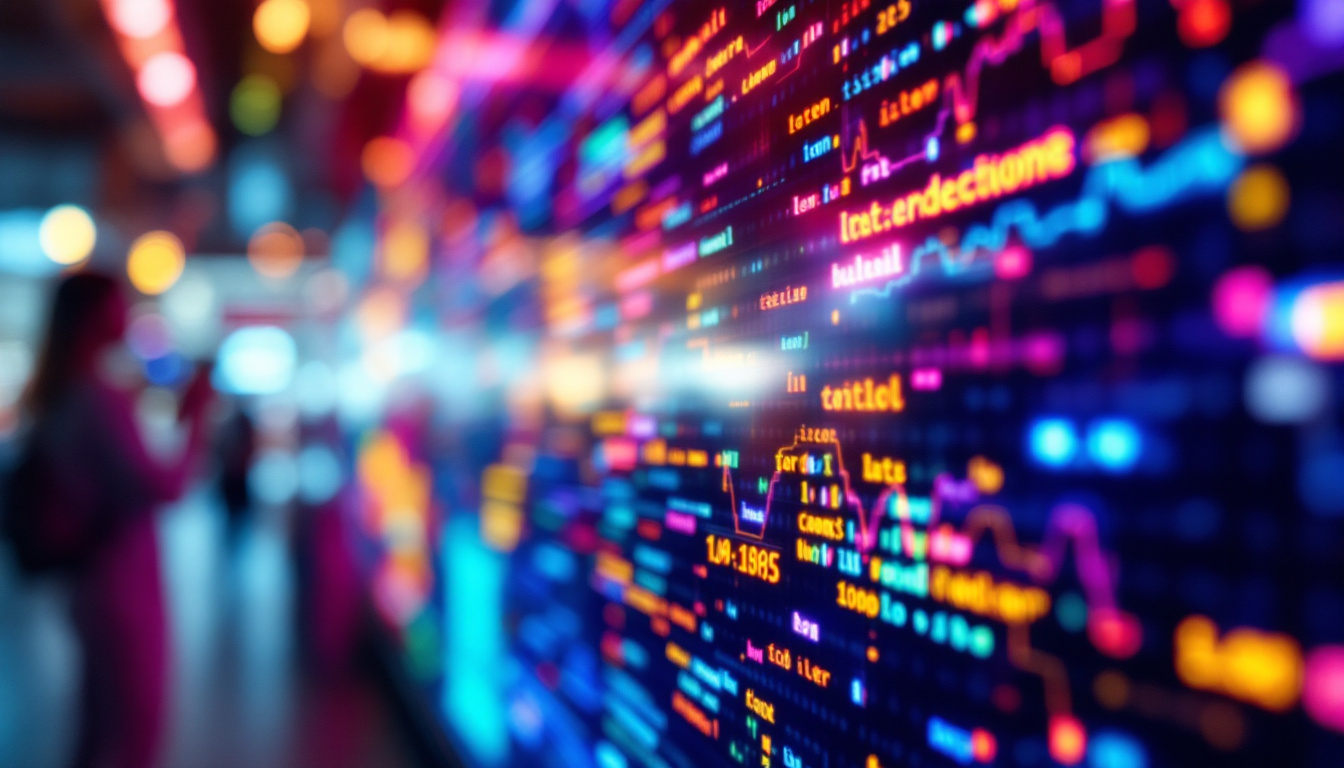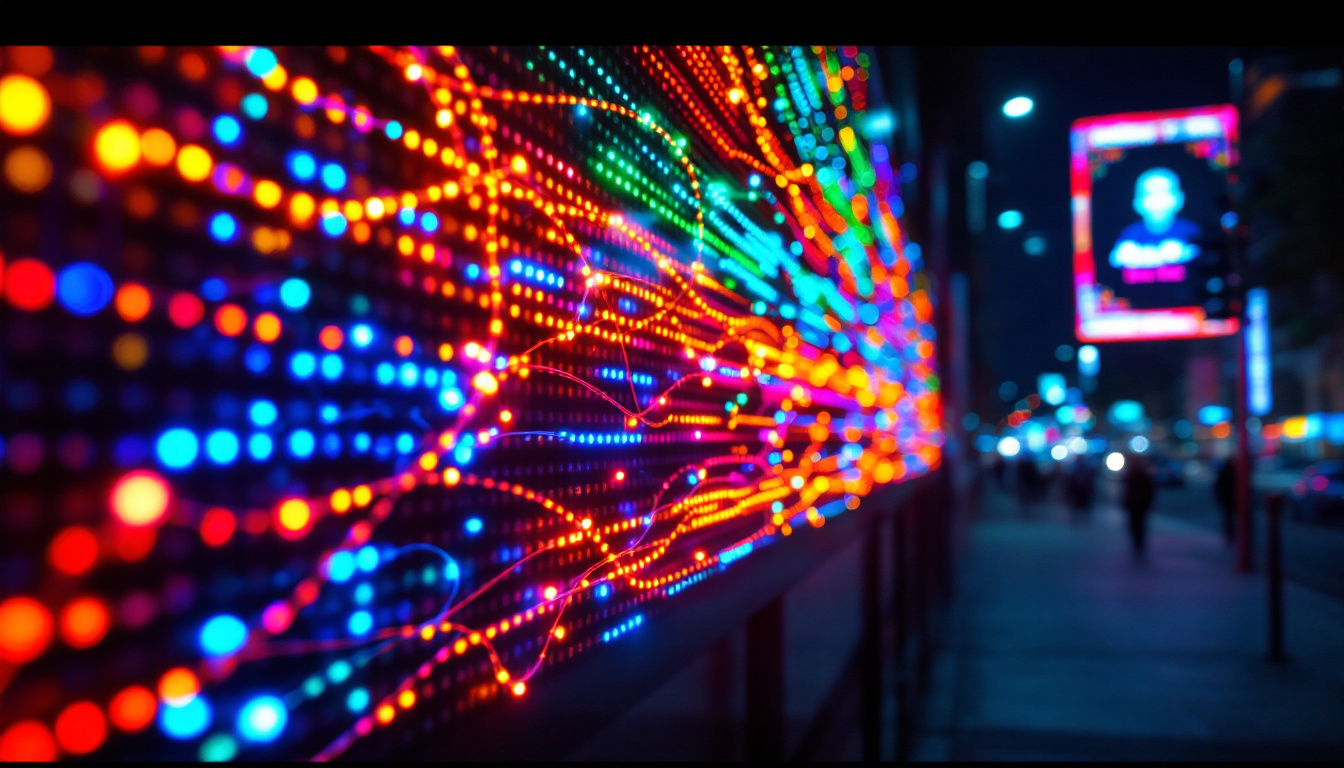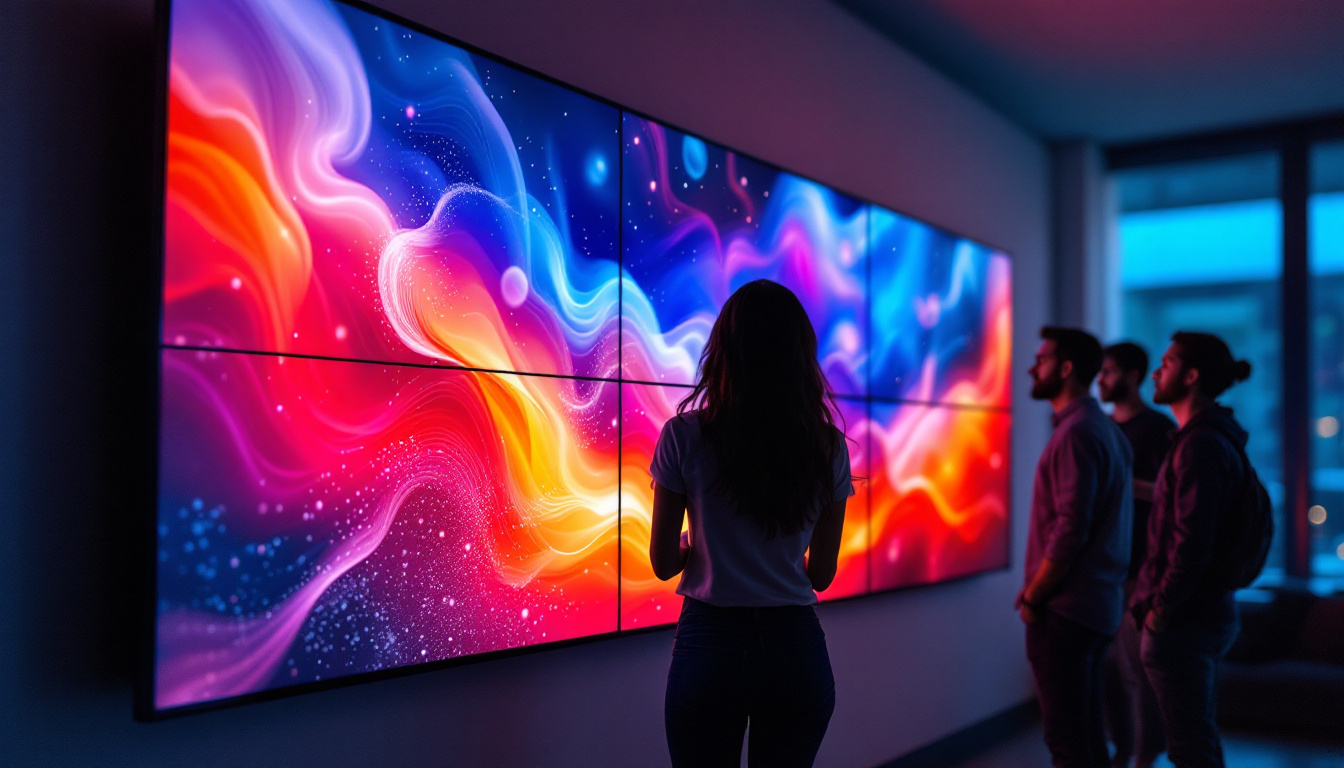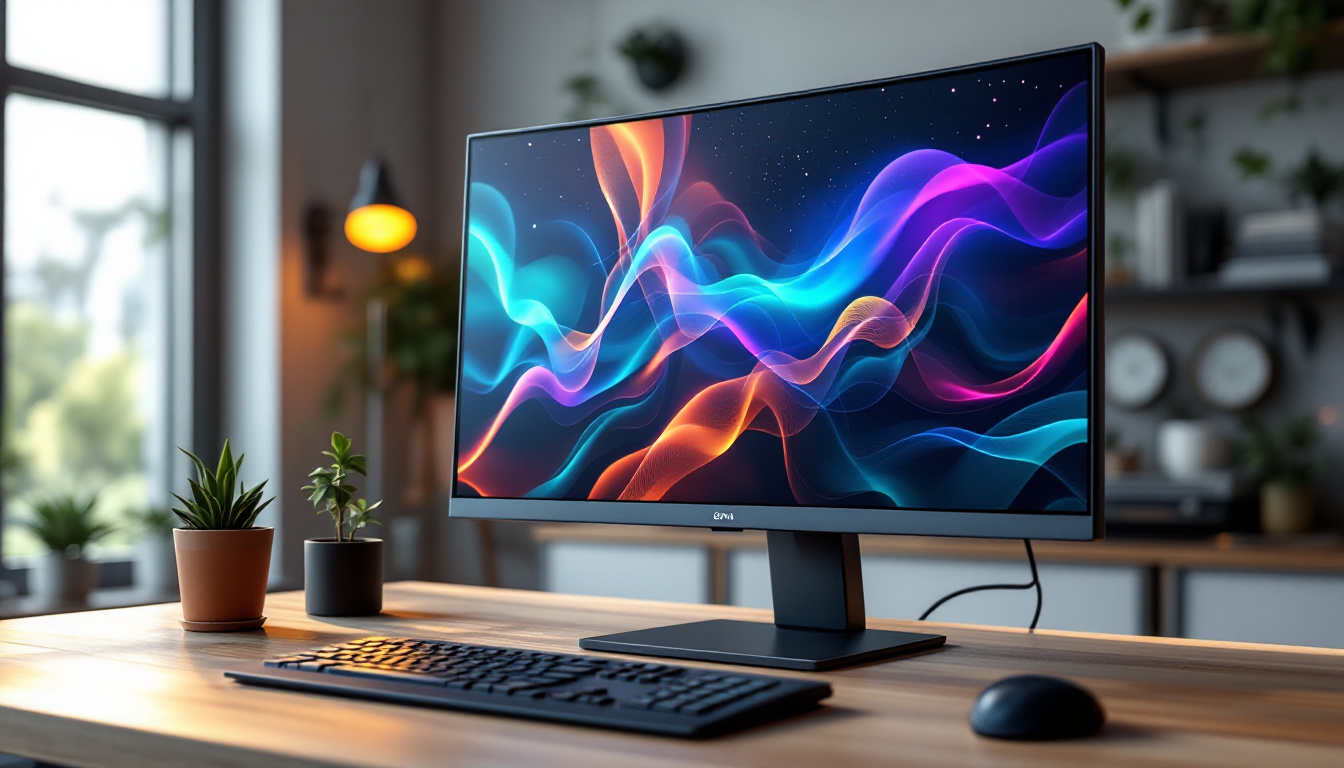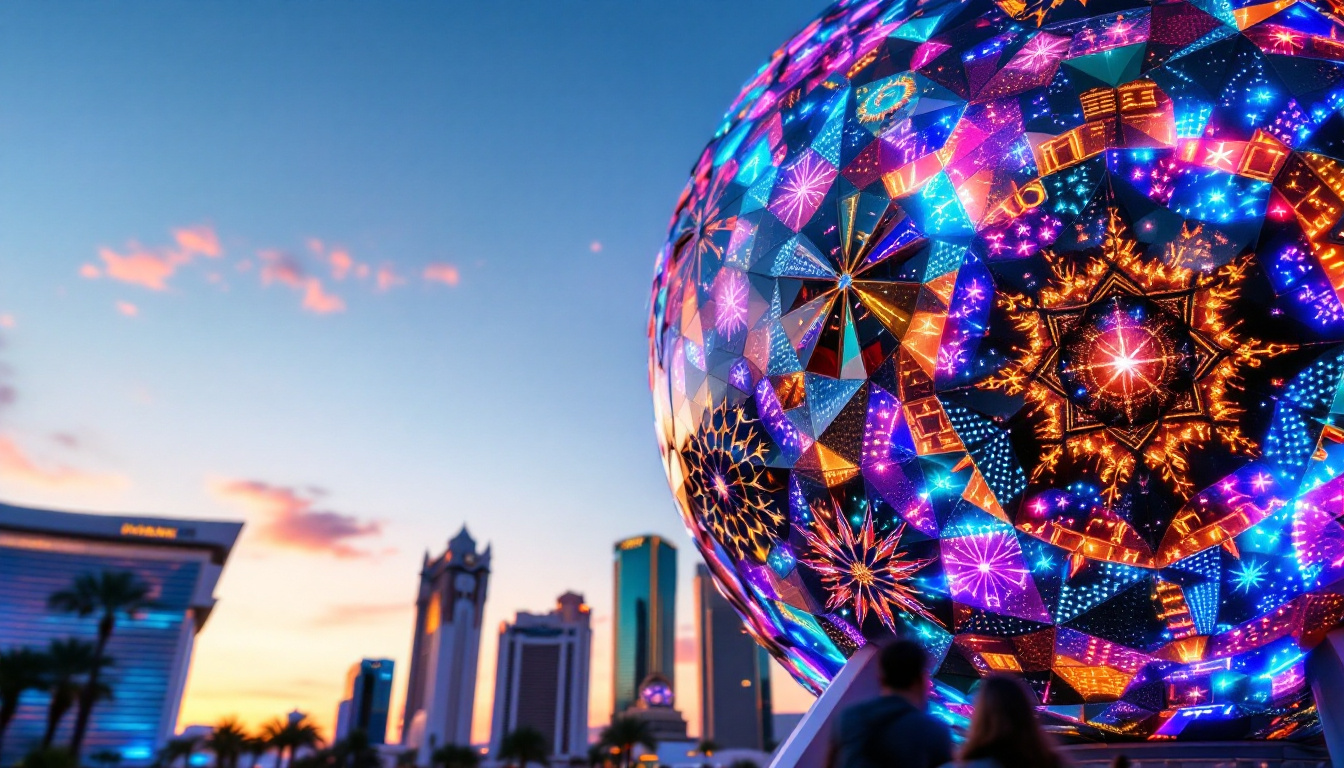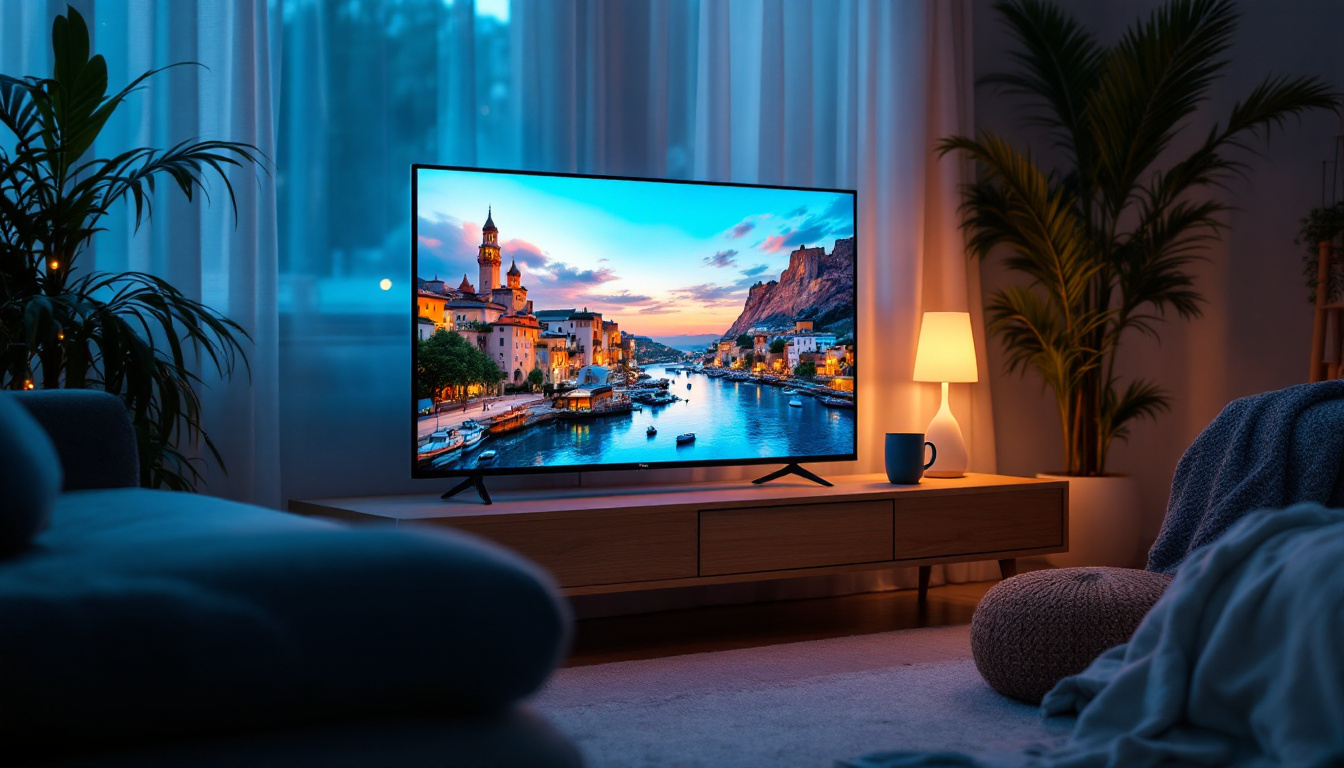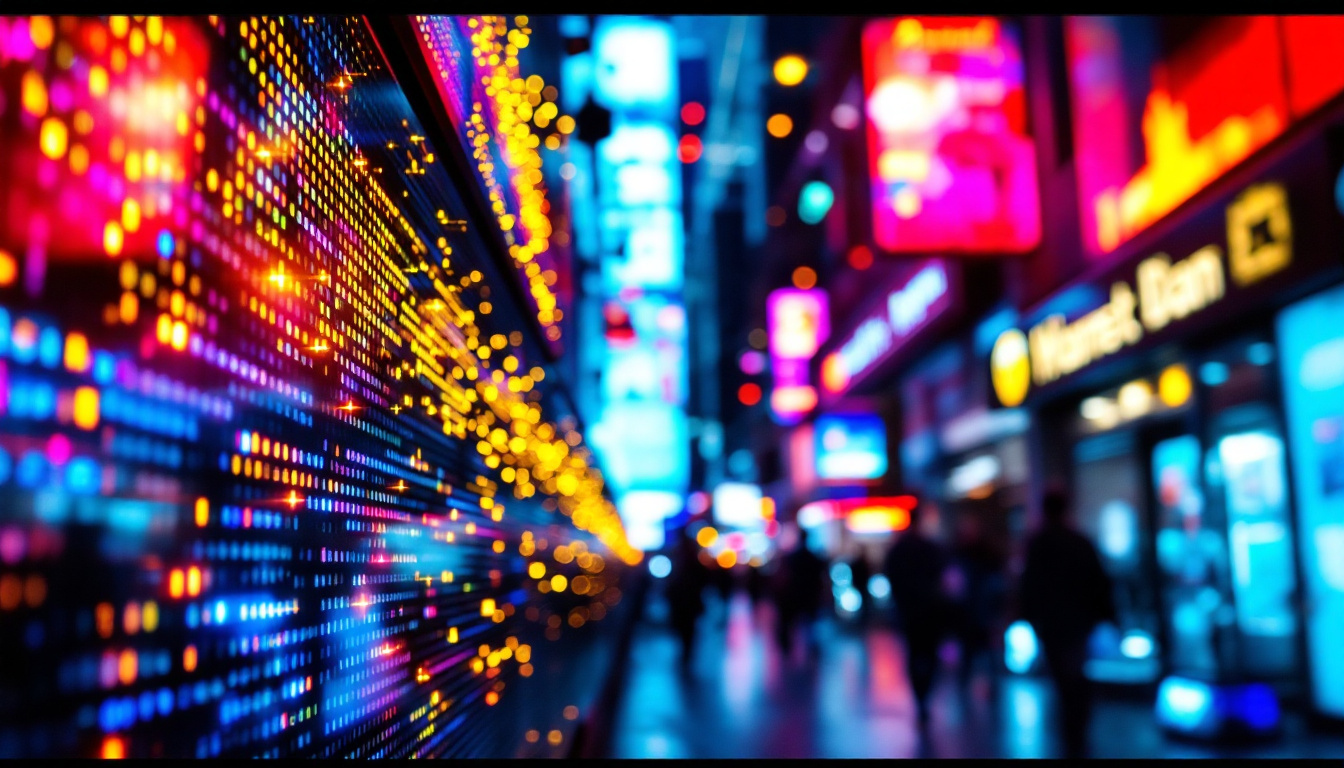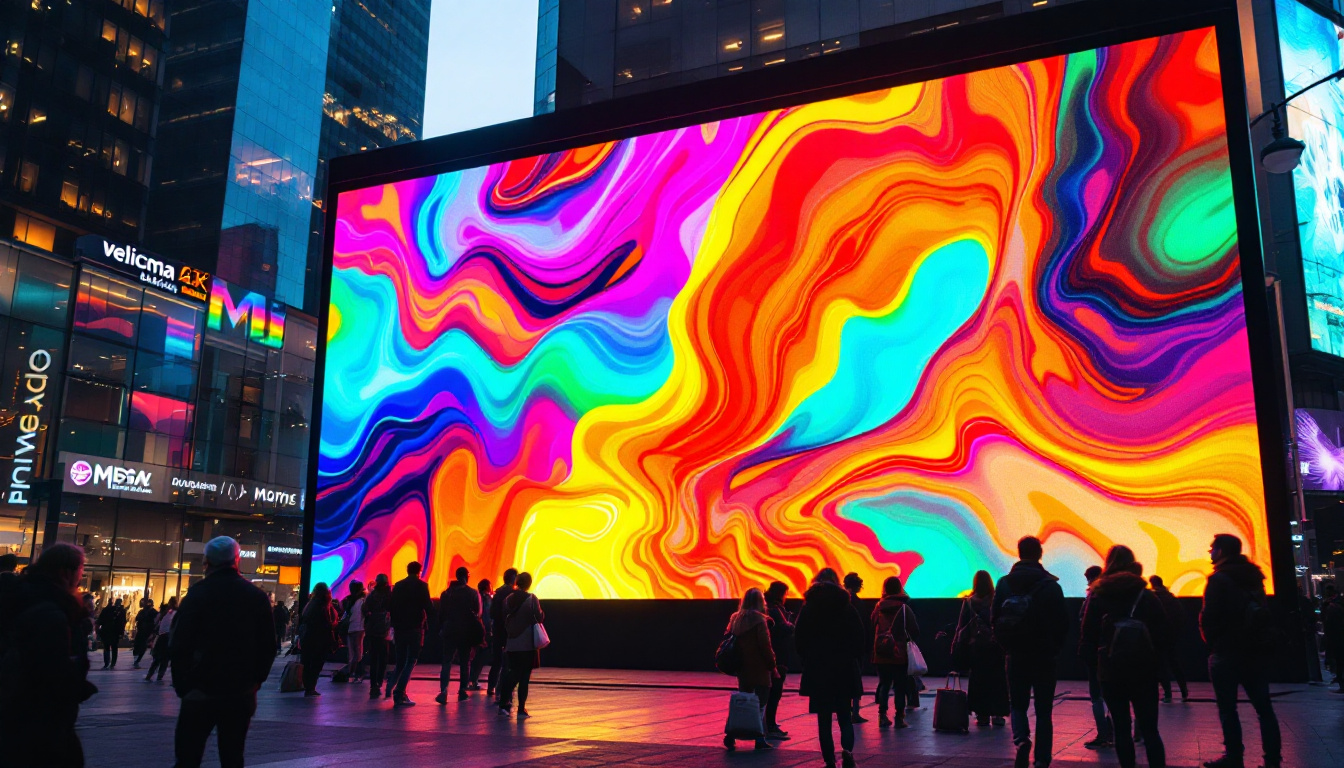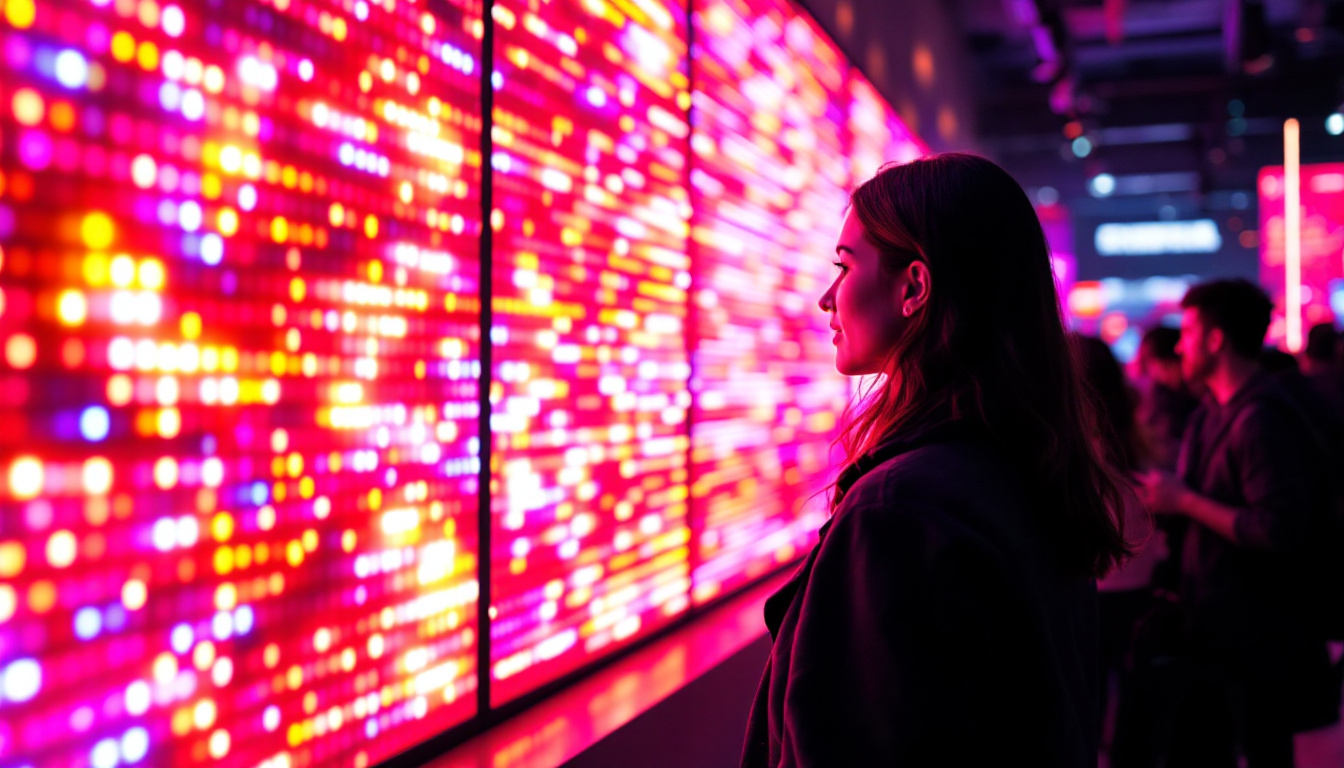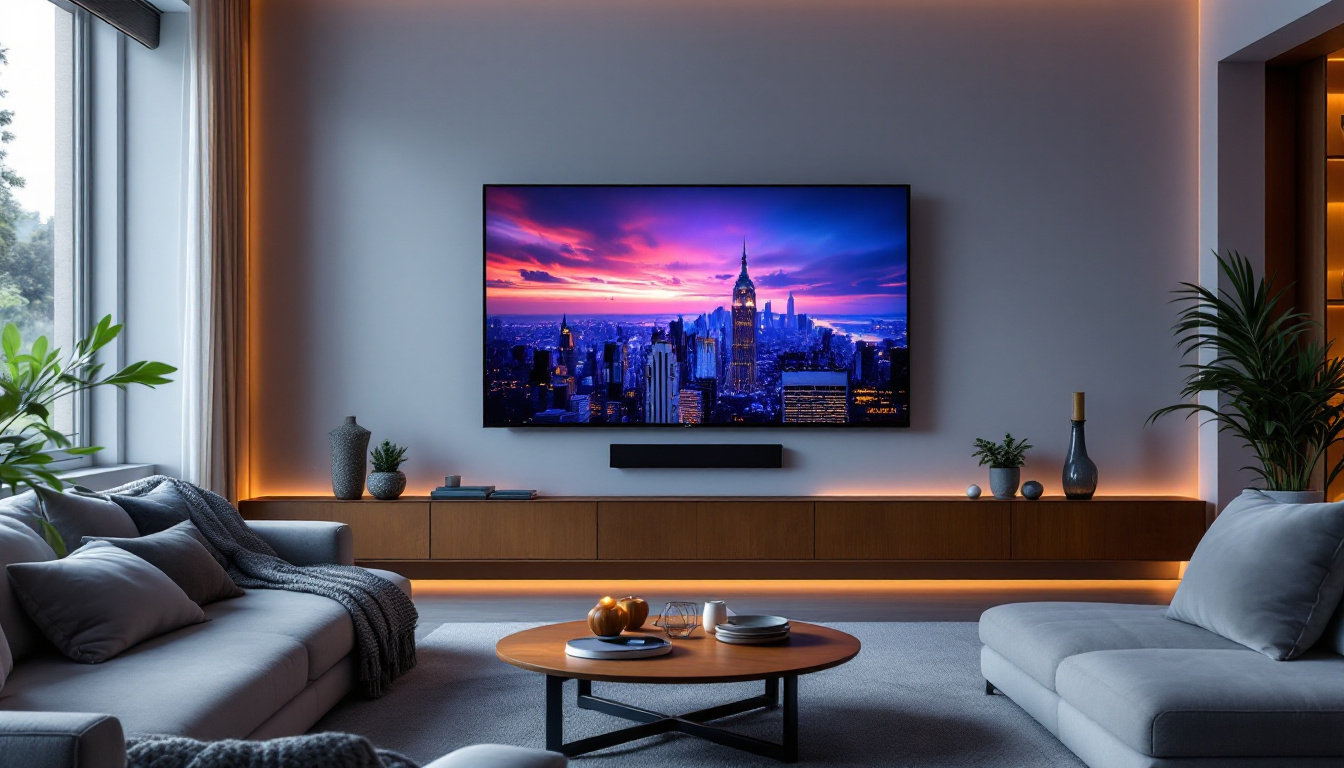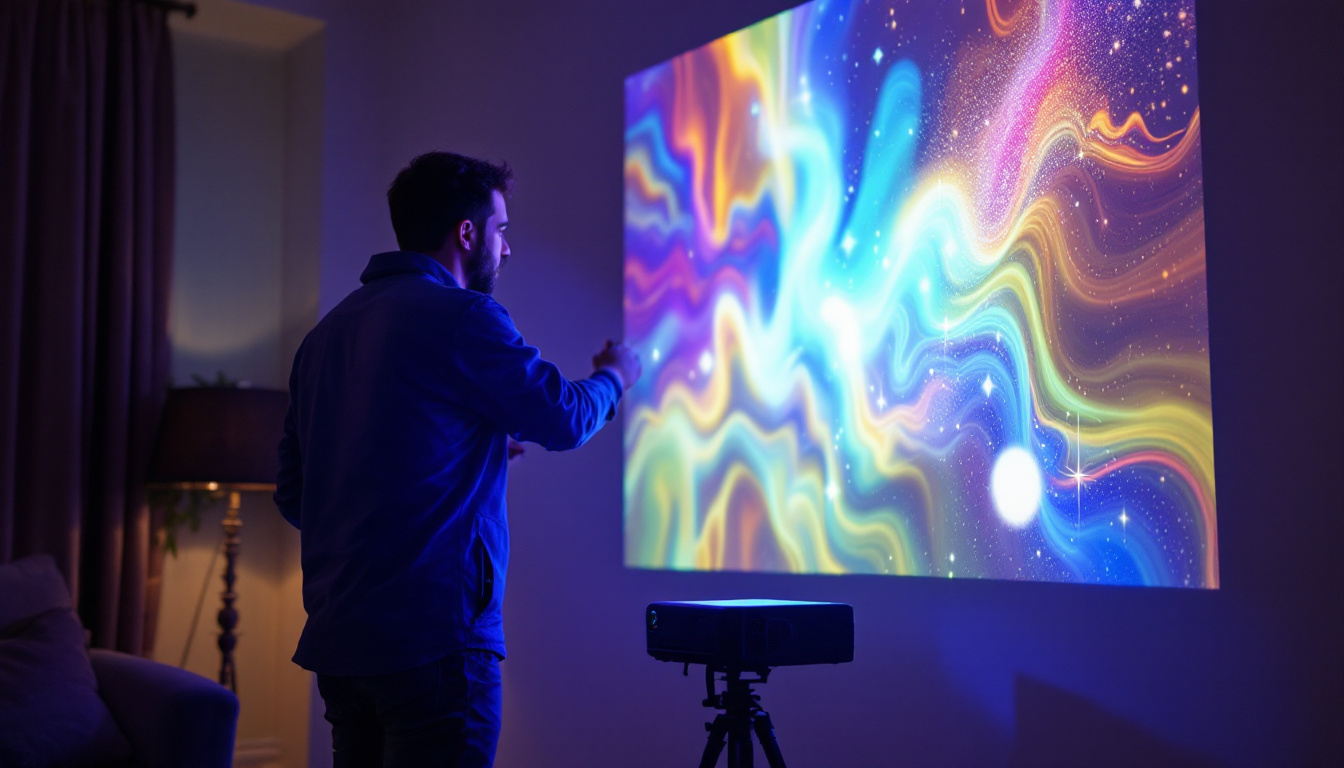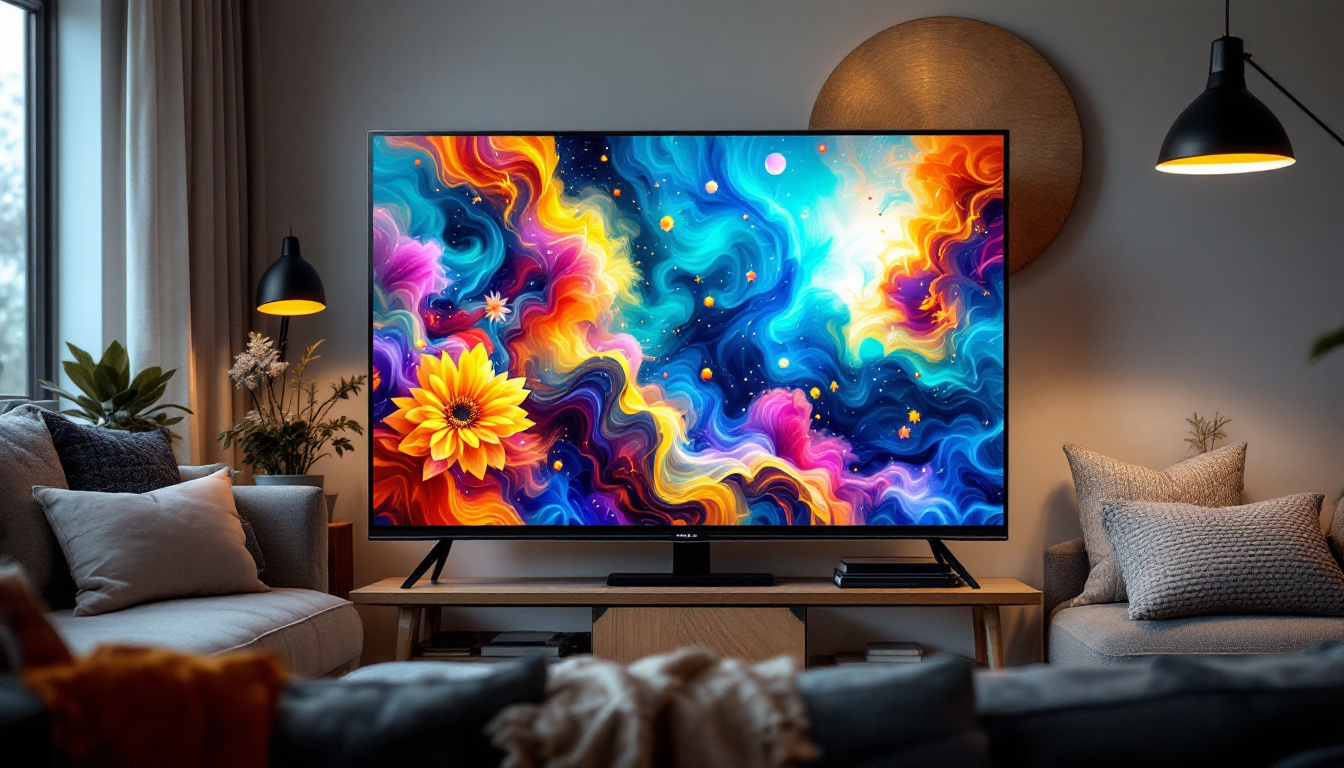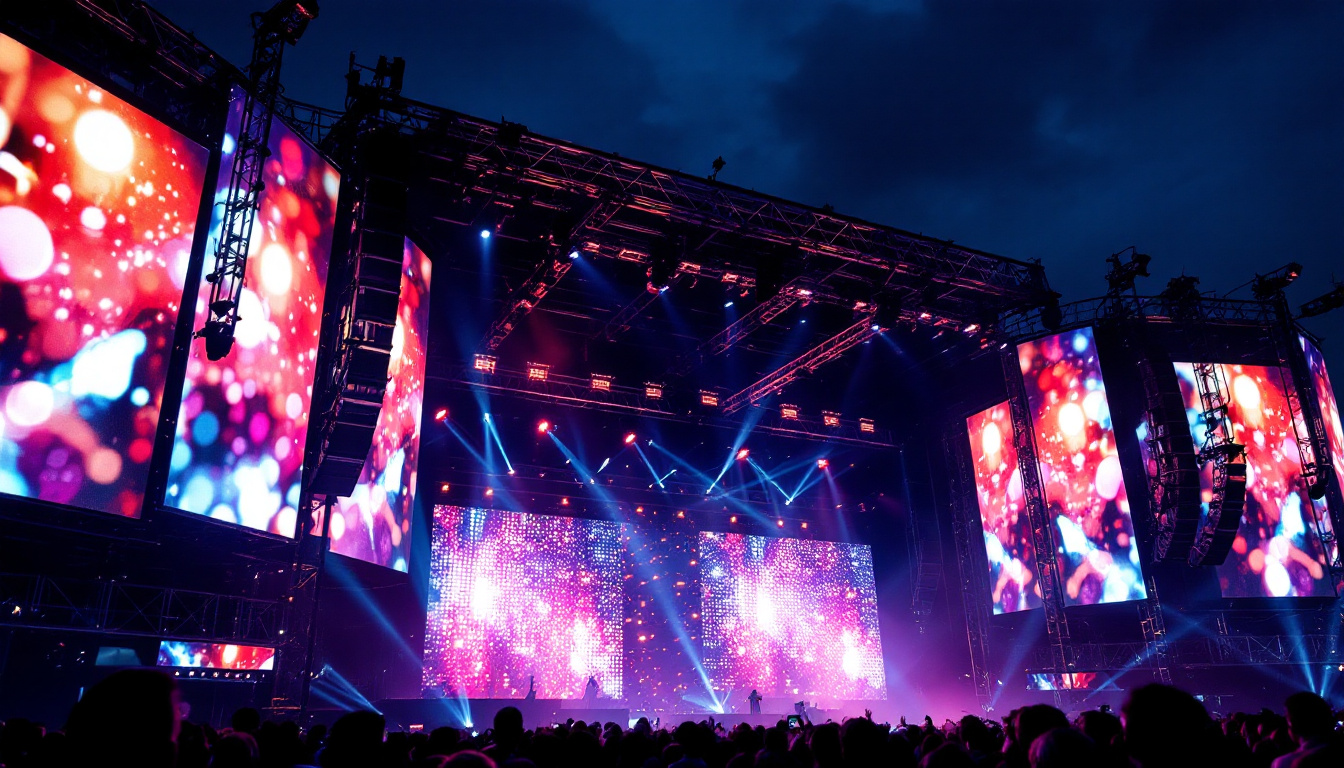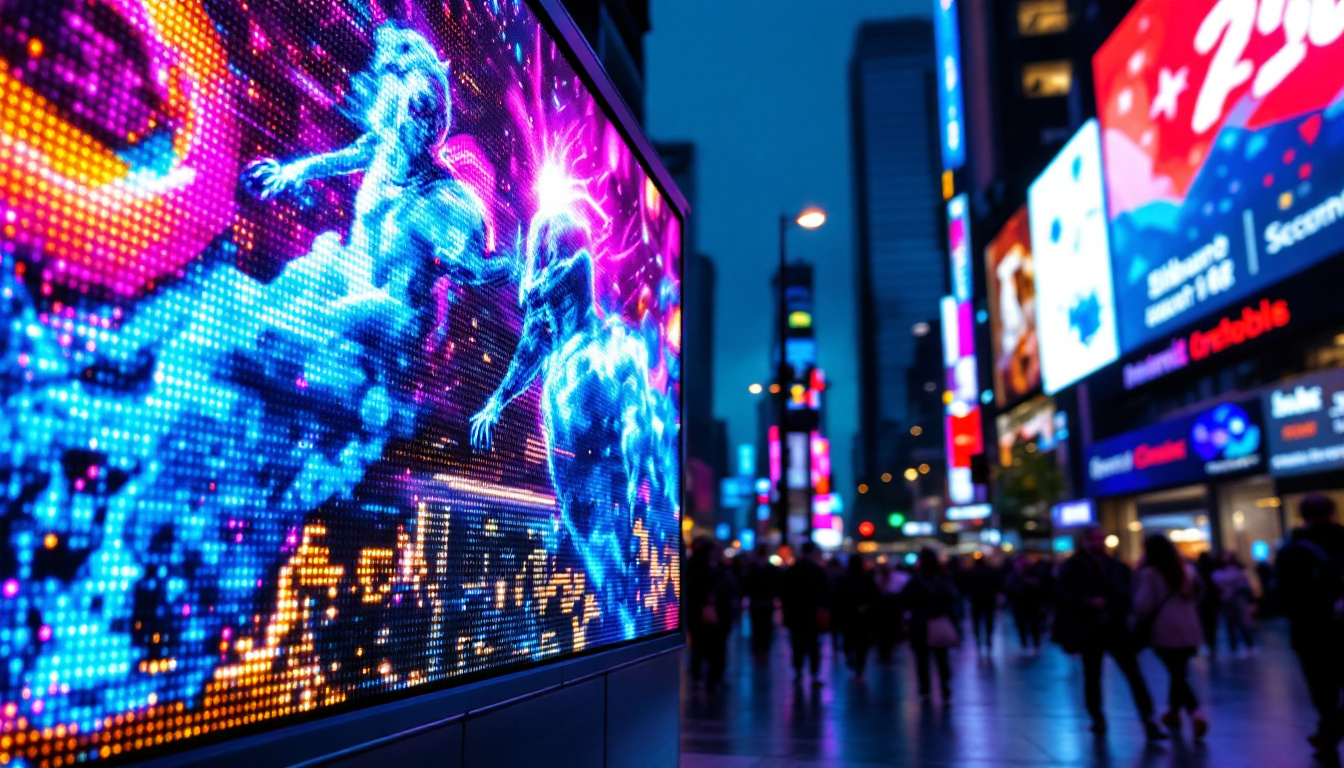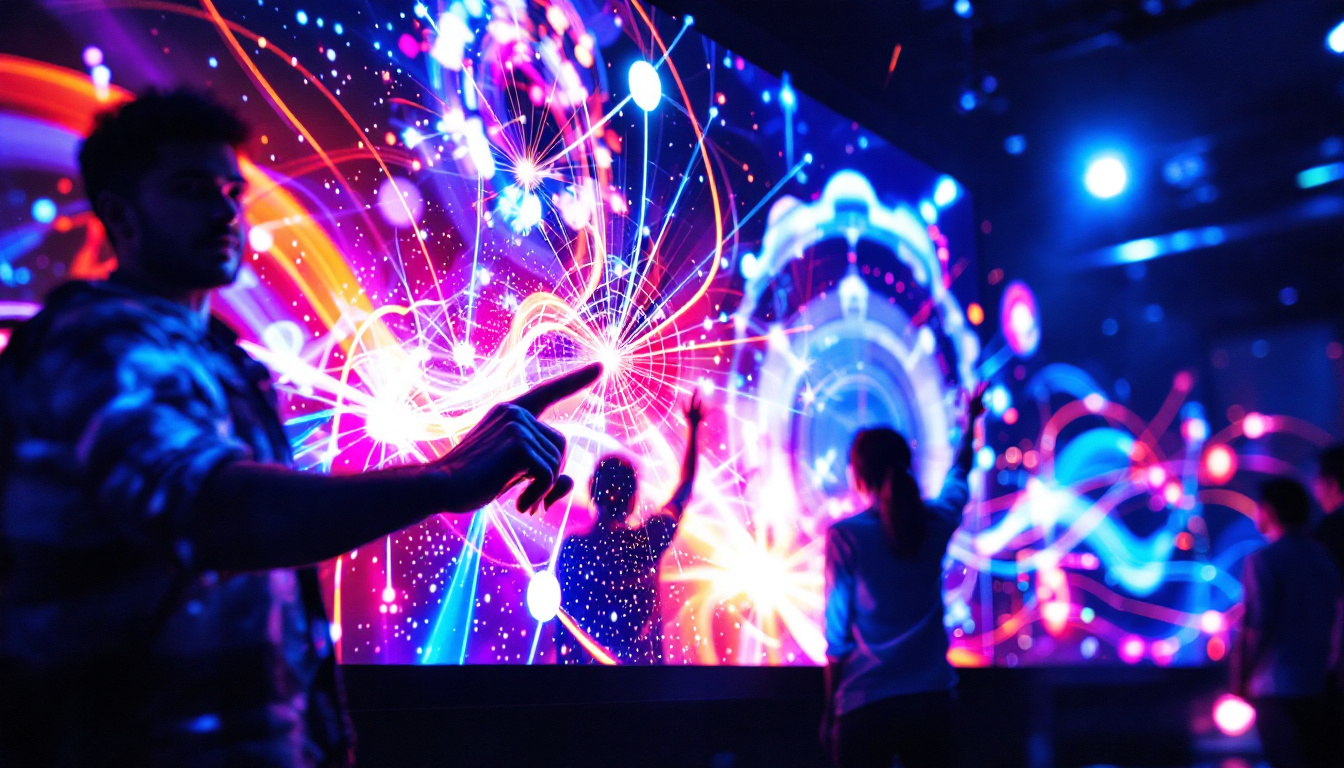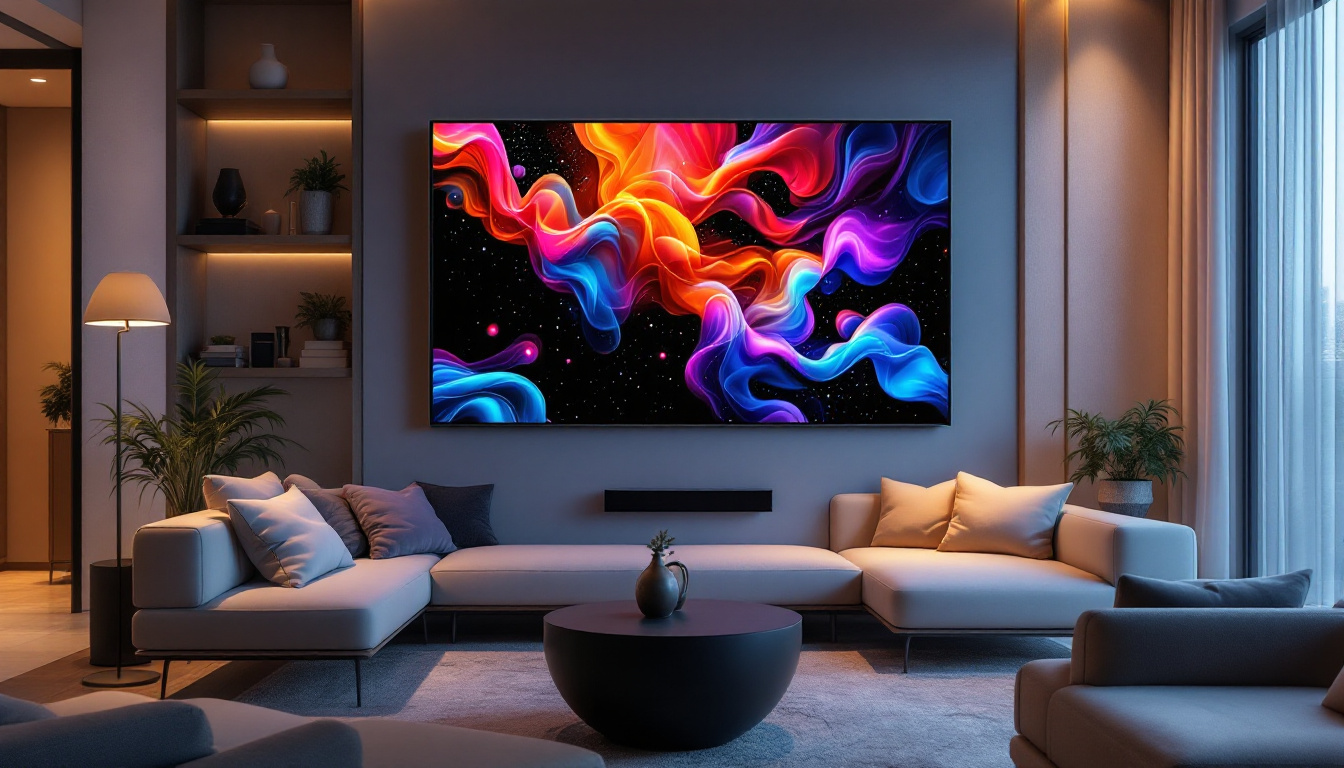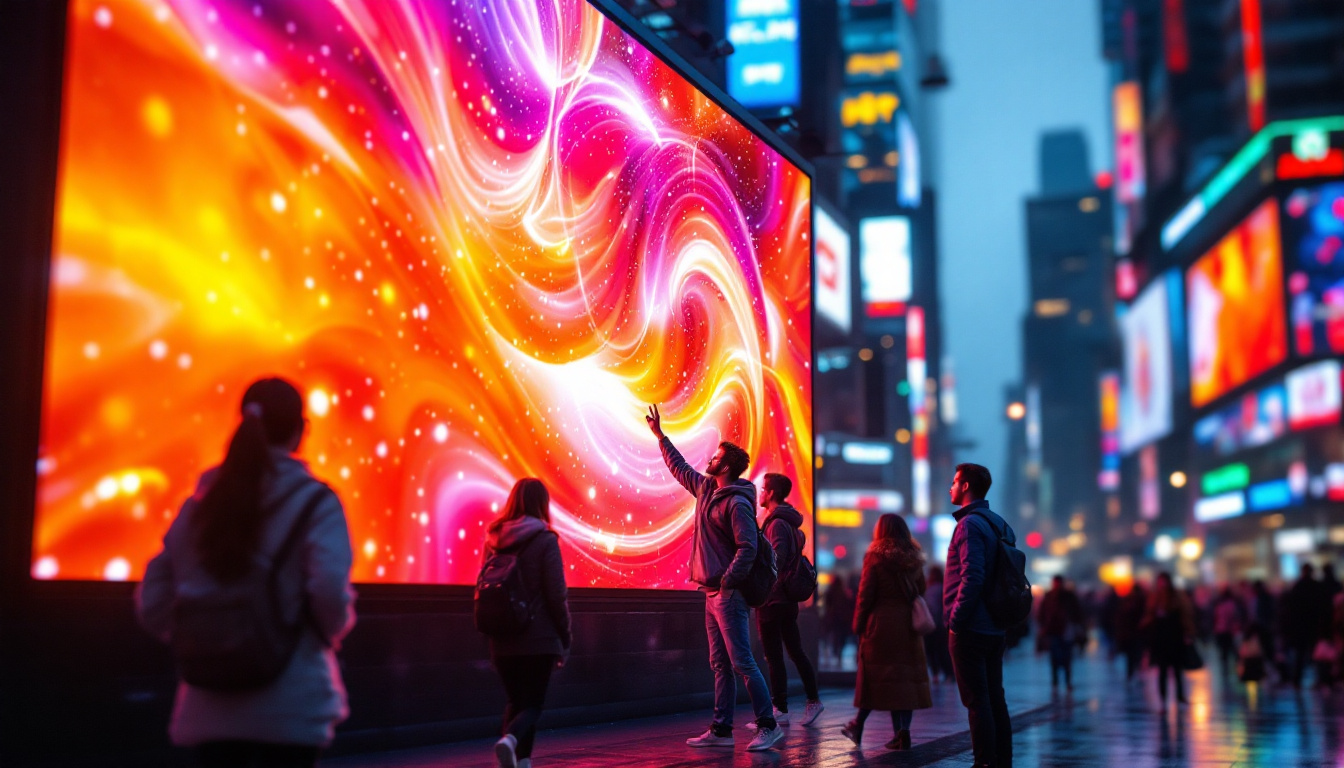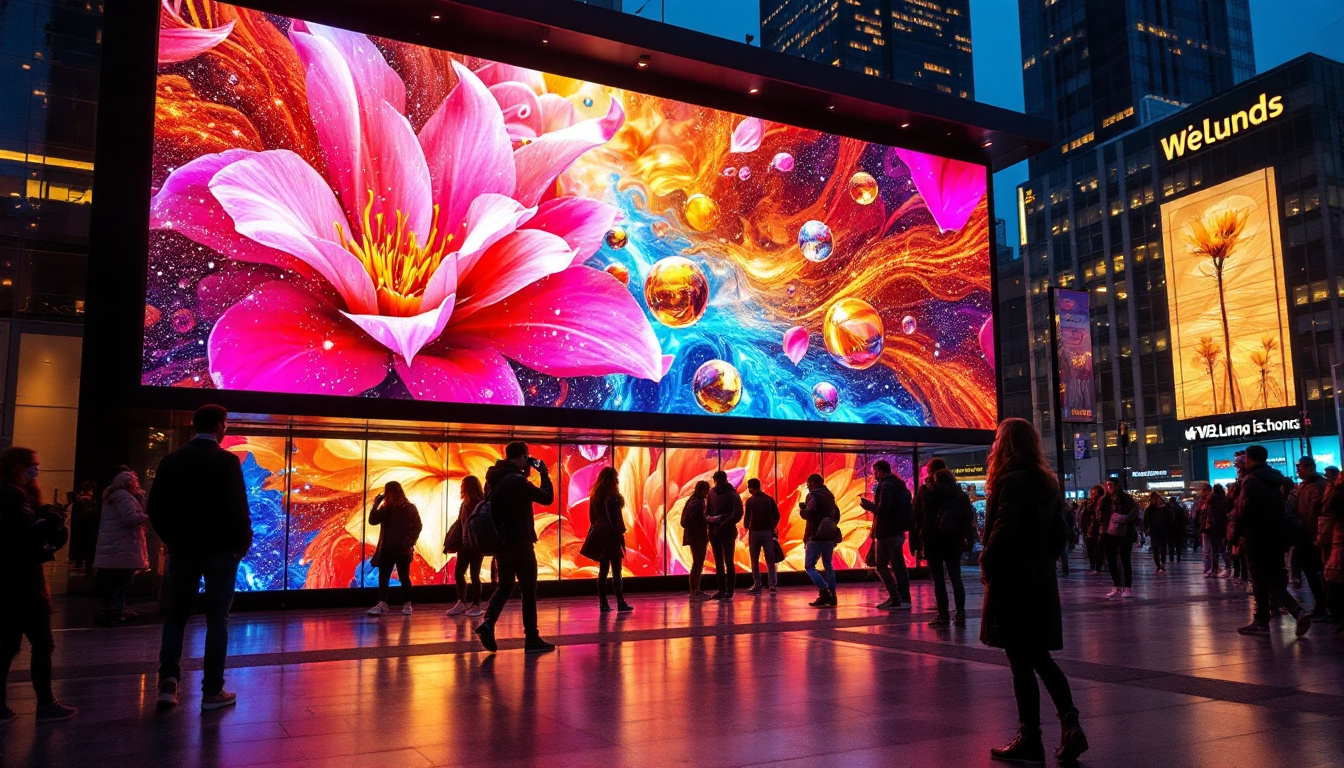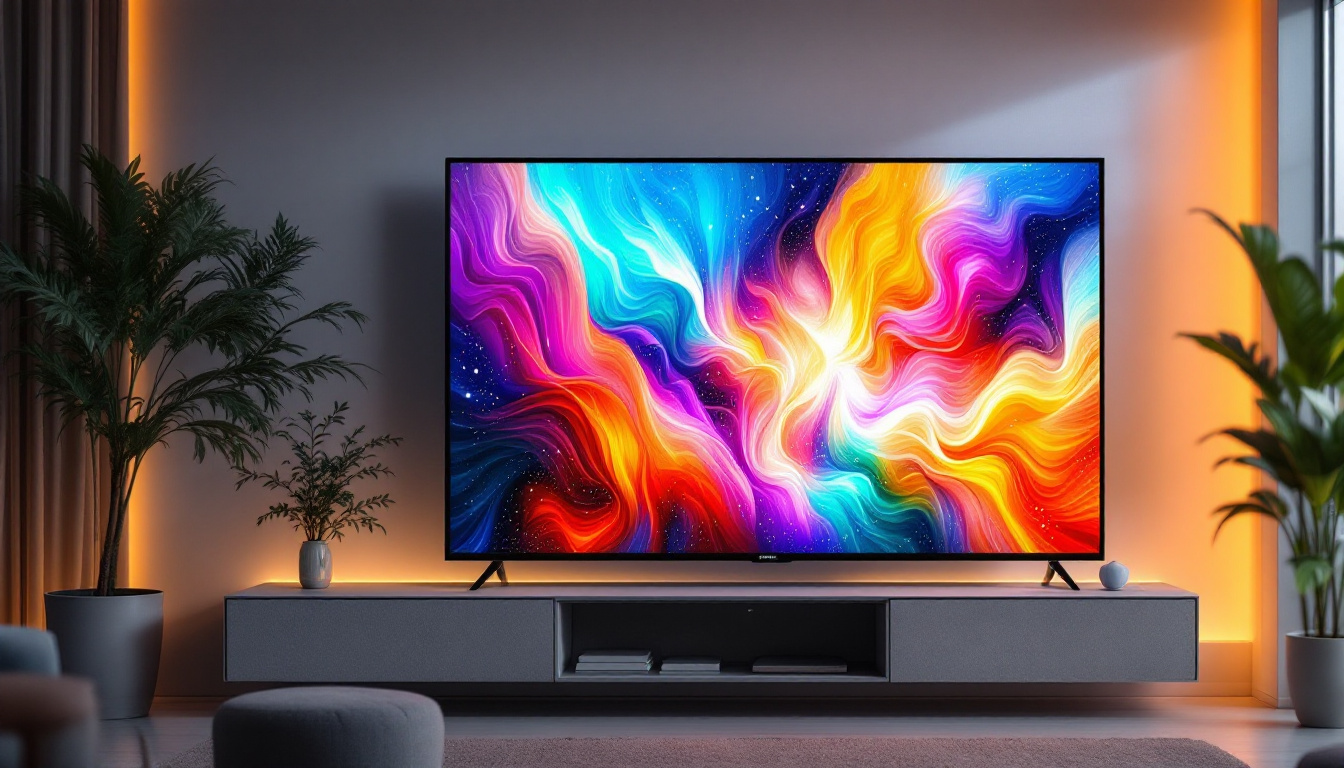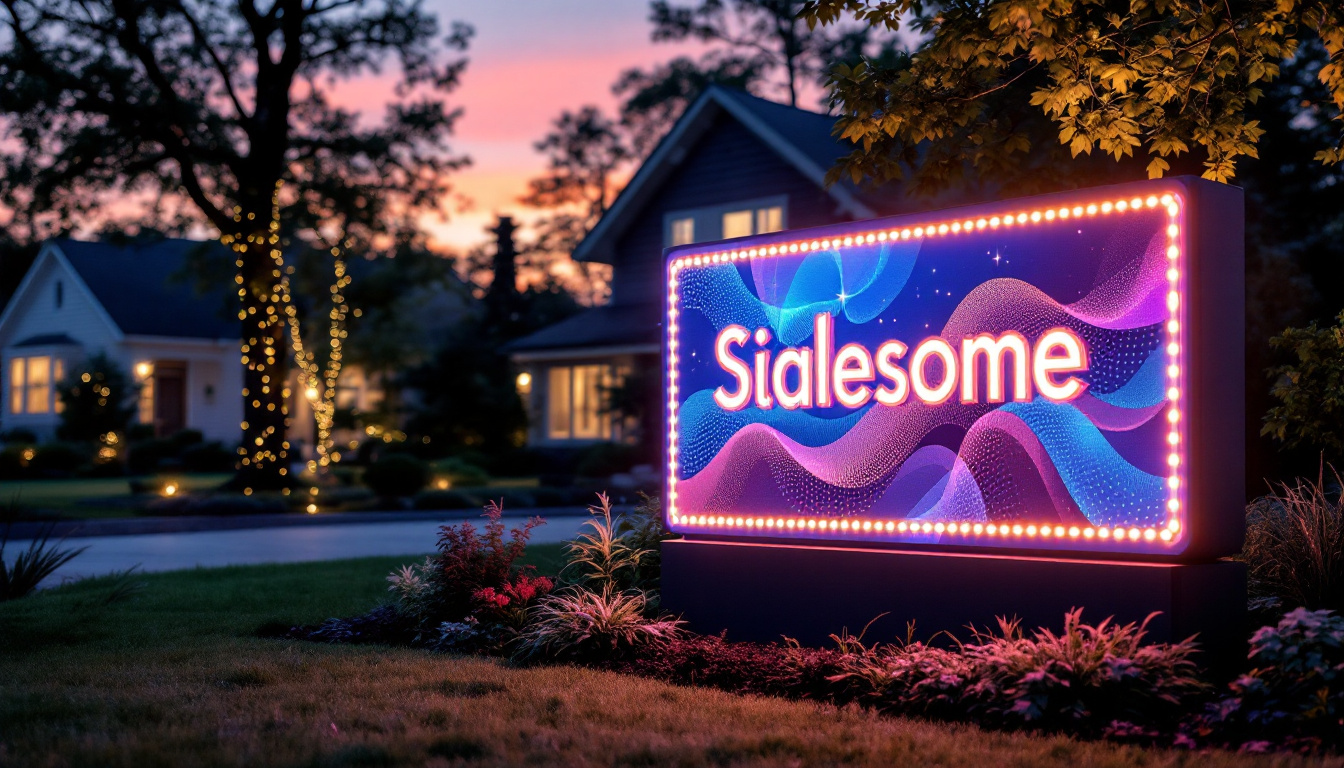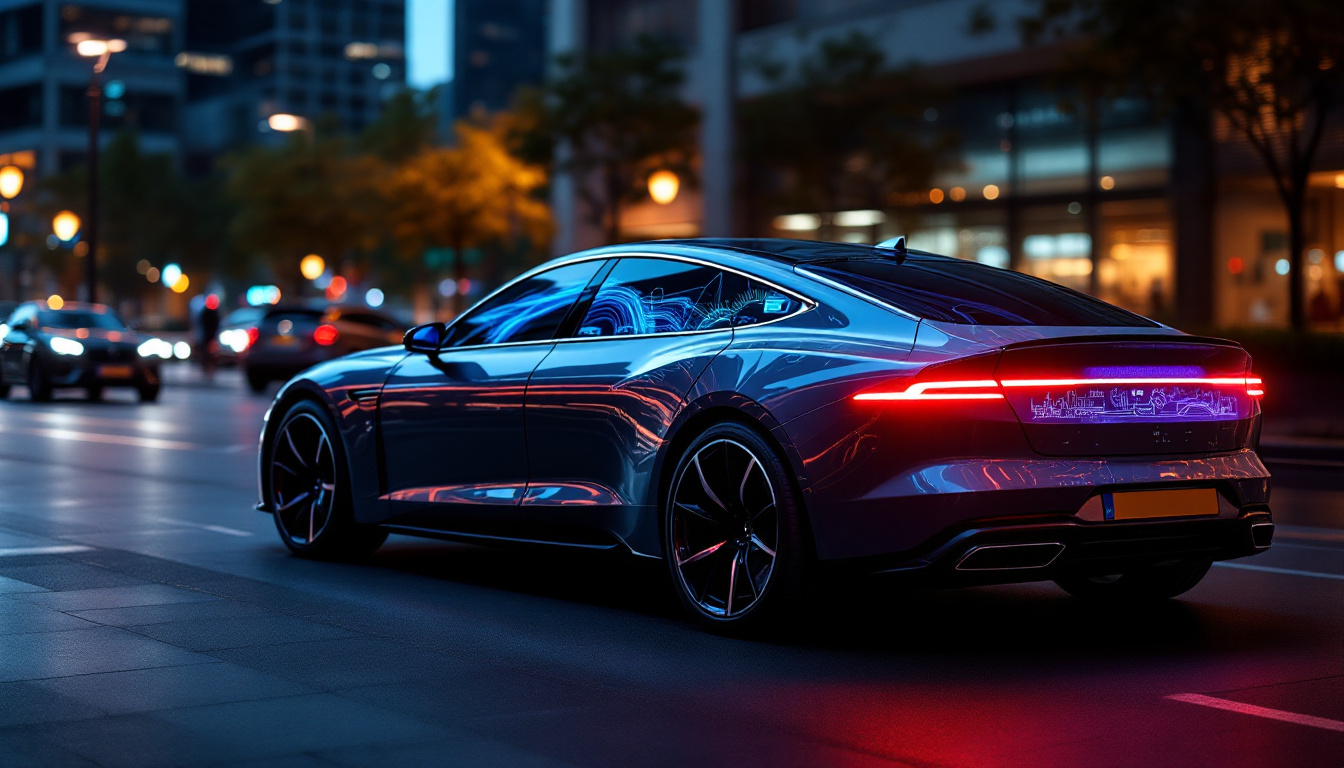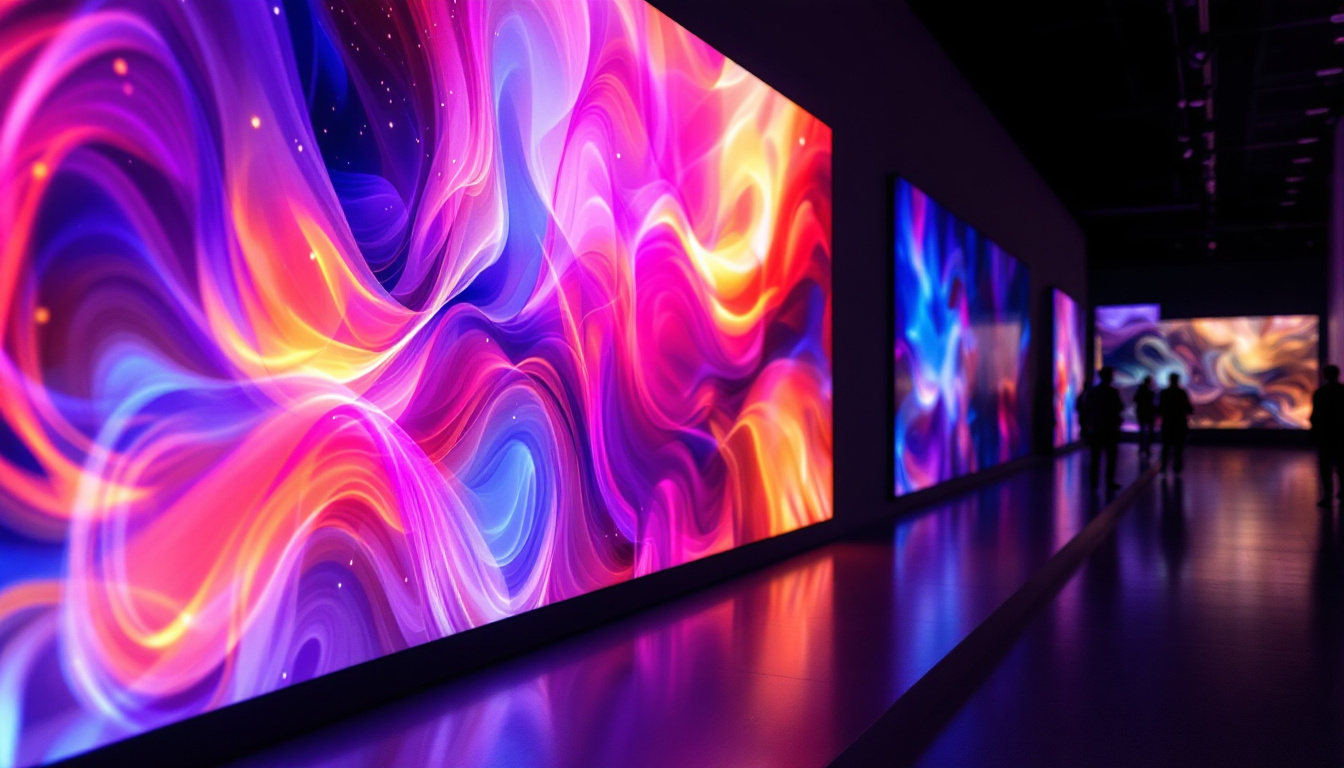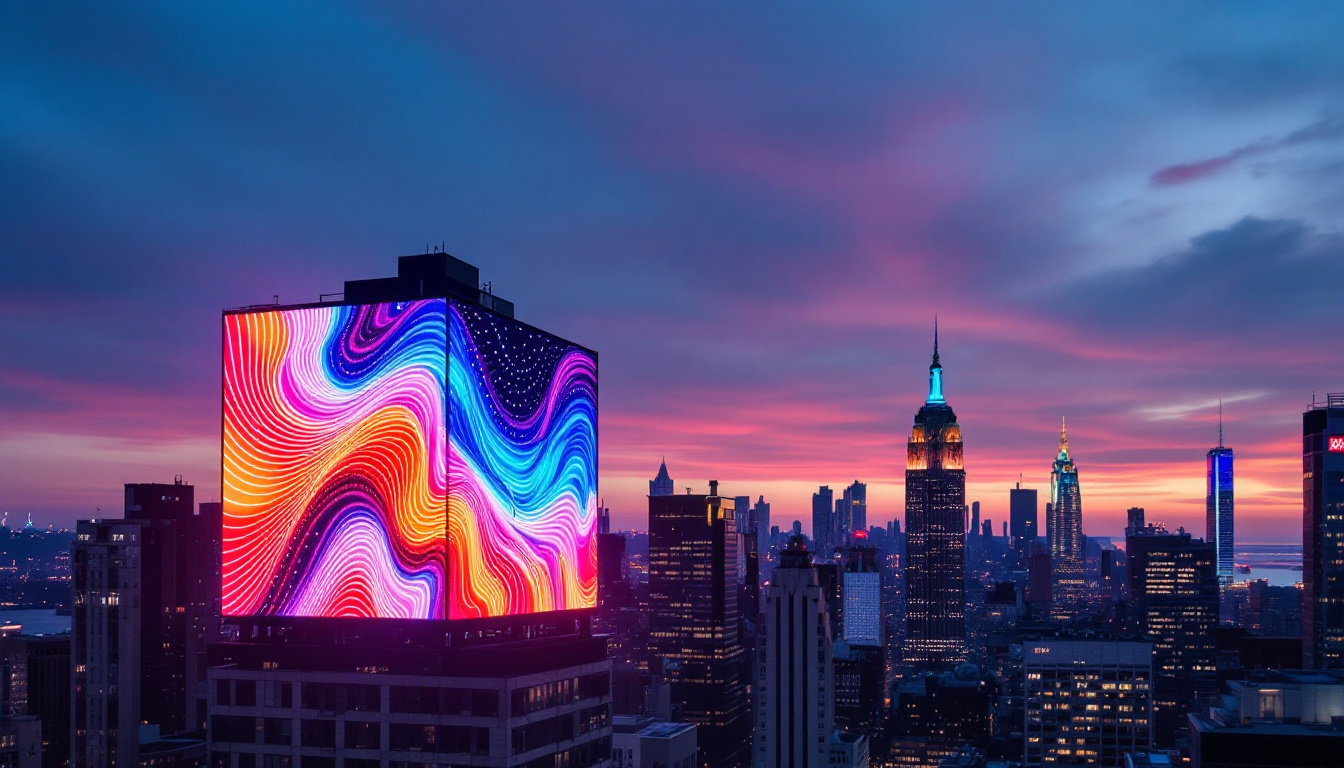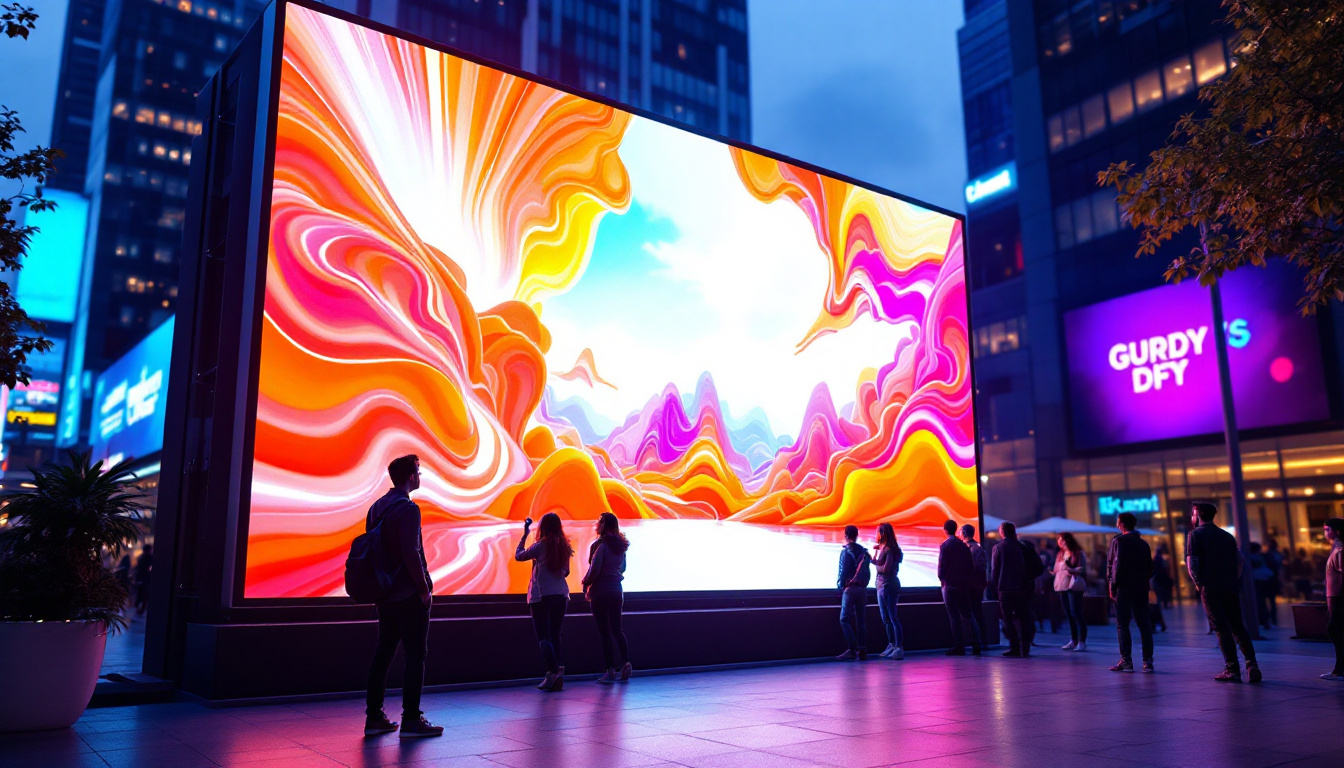In today’s fast-paced digital world, small displays have become an integral part of our daily lives. From smartphones to smartwatches, these compact screens are everywhere, offering convenience and functionality. One of the most popular technologies powering these small displays is LED (Light Emitting Diode) technology. This article will delve into the intricacies of LED displays, exploring their types, advantages, applications, and future trends.
Understanding LED Technology
LED technology has revolutionized the way we perceive and interact with visual information. At its core, an LED is a semiconductor device that emits light when an electric current passes through it. This fundamental principle has paved the way for various display technologies, each with its unique characteristics and applications.
The Basics of LED Displays
LED displays utilize an array of tiny light-emitting diodes to create images and text. These diodes can be arranged in various configurations, such as matrices or segments, allowing for a wide range of display options. The most common types of LED displays include:
- Single Color Displays: These displays emit light in a single color, typically red, green, or blue. They are often used for simple indicators or signage.
- RGB Displays: RGB (Red, Green, Blue) LED displays combine multiple colors to create a full spectrum of hues. This technology is prevalent in televisions and computer monitors.
- Full-Color Displays: These displays can show complex images and videos by mixing various colors from the RGB spectrum, making them ideal for advertising and entertainment.
How LED Displays Work
LED displays work by controlling the brightness of each individual diode. This is achieved through a technique known as pulse-width modulation (PWM), which adjusts the duration of the electrical pulse sent to each LED. By varying the intensity and duration of the light emitted, the display can create a wide range of colors and images.
Additionally, the arrangement of the LEDs plays a crucial role in the display’s resolution. Higher pixel density results in sharper images, making it essential for applications that require detailed visuals, such as smartphones and tablets.
Moreover, the efficiency of LED technology is one of its standout features. Compared to traditional incandescent bulbs, LEDs consume significantly less energy while providing a brighter output. This energy efficiency not only reduces electricity bills but also contributes to a lower carbon footprint, making LED displays a more sustainable choice. As a result, many industries are transitioning to LED technology, not only for its visual benefits but also for its environmental impact.
In addition to energy savings, LED displays are known for their longevity. The average lifespan of an LED can reach up to 50,000 hours or more, which is considerably longer than that of traditional lighting solutions. This durability means less frequent replacements and maintenance, which is particularly advantageous for large-scale installations like billboards and stadium screens. The combination of energy efficiency and longevity makes LED technology an appealing option for both consumers and businesses alike, driving innovation and expanding the possibilities of visual communication.
Advantages of LED Displays
LED displays offer numerous advantages over traditional display technologies, making them a preferred choice for many applications. Some of the key benefits include:
Energy Efficiency
One of the most significant advantages of LED displays is their energy efficiency. Compared to older technologies like LCD and CRT, LED displays consume significantly less power. This not only reduces electricity costs but also contributes to a lower carbon footprint, making them an environmentally friendly choice. Furthermore, the reduced energy consumption can lead to substantial savings over time, especially for businesses that rely on large-scale displays for advertising or information dissemination.
Brightness and Visibility
LED displays are known for their exceptional brightness levels, making them easily visible even in direct sunlight. This feature is particularly beneficial for outdoor signage and advertising, where visibility is crucial for attracting attention. The high contrast ratios of LED displays also enhance image clarity, providing a better viewing experience. Additionally, the ability to adjust brightness levels dynamically allows for optimal viewing in varying light conditions, ensuring that content remains legible and engaging at all times.
Longevity and Durability
LED technology is inherently more durable than traditional display technologies. LED displays have a longer lifespan, often lasting over 50,000 hours of continuous use. Additionally, they are more resistant to shock and vibration, making them suitable for various environments, including industrial and outdoor settings. This durability also translates into lower maintenance costs, as the need for frequent replacements is minimized. Moreover, many LED displays are designed to withstand harsh weather conditions, further extending their usability in diverse applications.
Versatility in Applications
Another notable advantage of LED displays is their versatility. They can be used in a wide range of applications, from large outdoor billboards and stadium screens to indoor retail displays and corporate presentations. This adaptability allows businesses to tailor their advertising strategies to different environments and audiences, maximizing impact. Furthermore, advancements in technology have led to the development of flexible LED displays that can be shaped and configured to fit unique spaces, opening up new possibilities for creative installations.
Color Quality and Resolution
LED displays also excel in color reproduction and resolution. With the capability to produce vibrant colors and deep blacks, they deliver a more immersive viewing experience compared to traditional displays. High-definition LED screens can achieve impressive resolutions, making them ideal for applications that require fine detail, such as digital art displays or high-end video presentations. The combination of superior color quality and resolution ensures that content is not only visually appealing but also impactful, capturing the attention of viewers effectively.
Applications of LED Displays
The versatility of LED displays has led to their widespread adoption across multiple industries. Here are some notable applications:
Consumer Electronics
In the realm of consumer electronics, LED displays are ubiquitous. Smartphones, tablets, and laptops utilize LED technology to deliver vibrant visuals and responsive touch interfaces. The compact nature of LED displays allows for sleek designs, enhancing the overall user experience.
Advertising and Signage
LED displays have transformed the advertising landscape. digital billboards and signage utilize large LED panels to display dynamic content that can be easily updated. This flexibility allows businesses to engage customers with real-time promotions, enhancing marketing effectiveness.
Automotive Displays
In the automotive industry, LED displays are used for instrument clusters, infotainment systems, and exterior lighting. Their high visibility and energy efficiency make them ideal for modern vehicles, improving both aesthetics and functionality.
Challenges and Considerations
While LED displays offer numerous advantages, there are also challenges and considerations to keep in mind. Understanding these factors can help in making informed decisions when selecting LED technology for specific applications.
Cost Factors
Although the prices of LED displays have decreased significantly over the years, they can still be more expensive than traditional display technologies. The initial investment may be a barrier for some businesses, particularly smaller enterprises. However, the long-term savings in energy costs and maintenance can offset the initial expenditure.
Color Accuracy and Calibration
Achieving accurate color representation can be a challenge with LED displays, especially in applications where color fidelity is crucial, such as graphic design or photography. Proper calibration and color management techniques are essential to ensure that the display produces the desired colors consistently.
Future Trends in LED Display Technology
The future of LED display technology is promising, with ongoing advancements that aim to enhance performance, efficiency, and user experience. Here are some trends to watch for:
MicroLED Technology
MicroLED is an emerging technology that promises to take LED displays to the next level. By utilizing microscopic LEDs, this technology offers improved resolution, brightness, and energy efficiency. MicroLED displays are expected to revolutionize everything from televisions to wearable devices, providing users with unparalleled visual experiences.
Flexible and Transparent Displays
Another exciting trend is the development of flexible and transparent LED displays. These innovative designs allow for new applications, such as curved screens and see-through displays that can be integrated into various surfaces. This flexibility opens up possibilities for creative advertising, architecture, and product design.
Smart Display Integration
As the Internet of Things (IoT) continues to grow, the integration of smart technologies with LED displays is becoming increasingly common. Smart displays can connect to the internet, enabling features such as real-time data updates, remote management, and interactive capabilities. This trend is particularly relevant in retail and public information systems, where dynamic content can enhance user engagement.
Conclusion
LED displays have undoubtedly changed the landscape of visual technology, offering a myriad of advantages that cater to various applications. Their energy efficiency, brightness, and durability make them a preferred choice for consumer electronics, advertising, and automotive industries. Despite some challenges, ongoing advancements in LED technology promise to further enhance their capabilities and applications.
As we look to the future, the potential of LED displays seems limitless. With innovations like MicroLED, flexible designs, and smart integrations on the horizon, the way we interact with visual information is set to evolve dramatically. Embracing these advancements will not only improve user experiences but also drive the next wave of technological innovation.
In conclusion, understanding LED displays and their applications is essential for anyone looking to navigate the digital landscape effectively. Whether for personal use or business applications, the insights provided in this article can serve as a valuable resource for making informed decisions in a world increasingly dominated by visual technology.
Discover the Future of Visual Technology with LumenMatrix
As you embrace the advancements in LED display technology, consider the innovative solutions offered by LumenMatrix. Our commitment to revolutionizing visual communication is evident in our diverse range of LED display modules. From Indoor and Outdoor LED Wall Displays to specialized solutions like Vehicle LED Displays, LED Sports Displays, and even Custom LED Displays, LumenMatrix is at the forefront of creating immersive visual experiences. Enhance your brand’s visibility and captivate your audience with our cutting-edge technology. Check out LumenMatrix LED Display Solutions today and take the first step towards transforming your visual engagement.

